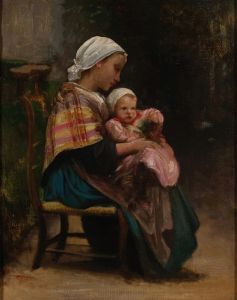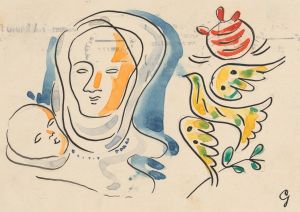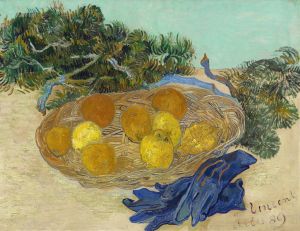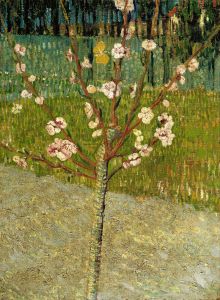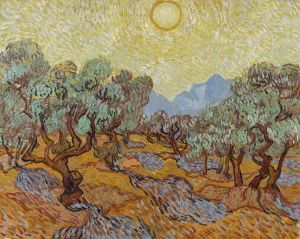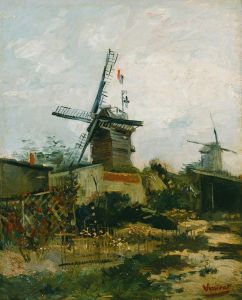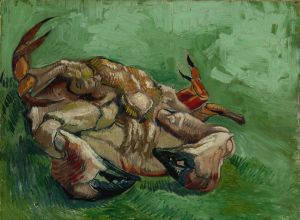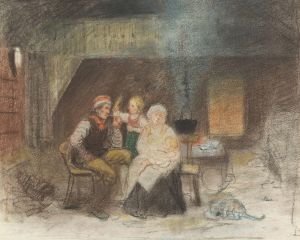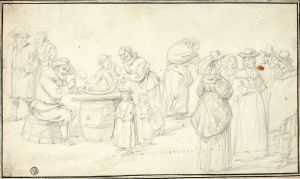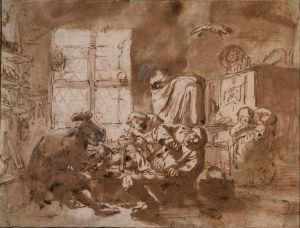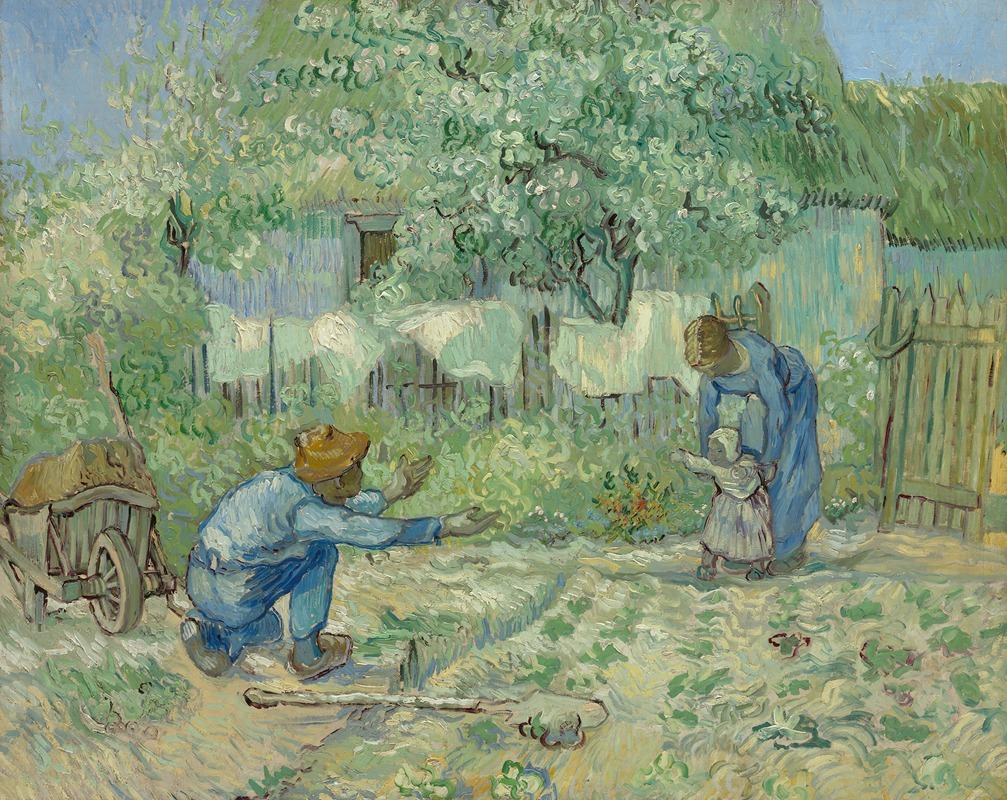
First Steps, after Millet
A hand-painted replica of Vincent van Gogh’s masterpiece First Steps, after Millet, meticulously crafted by professional artists to capture the true essence of the original. Each piece is created with museum-quality canvas and rare mineral pigments, carefully painted by experienced artists with delicate brushstrokes and rich, layered colors to perfectly recreate the texture of the original artwork. Unlike machine-printed reproductions, this hand-painted version brings the painting to life, infused with the artist’s emotions and skill in every stroke. Whether for personal collection or home decoration, it instantly elevates the artistic atmosphere of any space.
"First Steps, after Millet" is an oil painting created by the Dutch artist Vincent van Gogh in 1890. This work is part of a series of paintings and drawings that Van Gogh produced as copies or reinterpretations of works by the French artist Jean-François Millet, whom Van Gogh greatly admired. Millet was known for his depictions of rural life and peasant subjects, and his work had a significant influence on Van Gogh's own artistic development.
The painting "First Steps, after Millet" is based on Millet's original work titled "First Steps," which portrays a tender family scene. In the composition, a father is shown encouraging his young child to take their first steps, while the mother watches with a supportive gesture. This theme of familial intimacy and the depiction of everyday rural life resonated deeply with Van Gogh, who sought to capture similar themes in his own work.
Van Gogh's version of "First Steps" was created during his stay at the Saint-Paul-de-Mausole asylum in Saint-Rémy-de-Provence, France. During this period, Van Gogh was particularly focused on studying and replicating the works of Millet and other artists he admired, as a means of artistic practice and exploration. He believed that by copying the works of great masters, he could better understand their techniques and improve his own skills.
In "First Steps, after Millet," Van Gogh maintained the basic composition and subject matter of Millet's original work but infused it with his distinctive style. Van Gogh's version is characterized by his use of vibrant colors and dynamic brushstrokes, which bring a sense of movement and energy to the scene. The painting reflects Van Gogh's ability to reinterpret the work of another artist while maintaining his unique artistic voice.
The painting is notable for its expressive use of color and texture, which are hallmarks of Van Gogh's mature style. The bright, contrasting colors and the swirling, rhythmic brushstrokes create a sense of vitality and emotion, transforming the simple domestic scene into a vivid and compelling image. Van Gogh's interpretation of Millet's work demonstrates his deep appreciation for the original while showcasing his ability to transform it through his own creative vision.
"First Steps, after Millet" is part of the collection at the Metropolitan Museum of Art in New York City. It is one of several works by Van Gogh that pay homage to Millet, reflecting the Dutch artist's admiration for the French painter and his commitment to exploring themes of rural life and human connection. Through this painting, Van Gogh not only honors Millet's influence but also asserts his own place within the tradition of great artists who have depicted the beauty and simplicity of everyday life.





